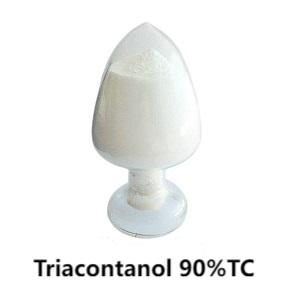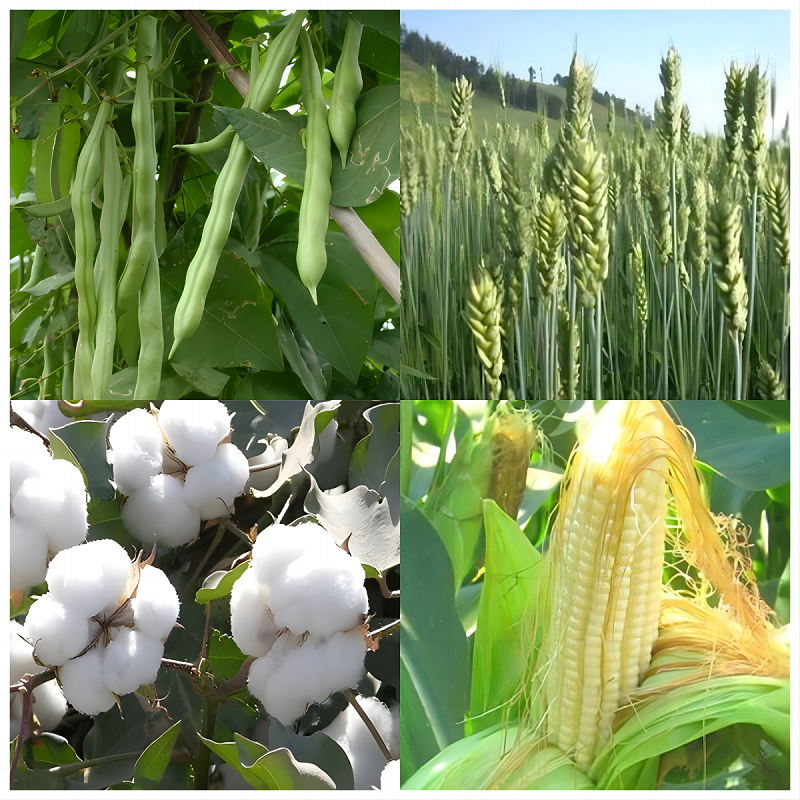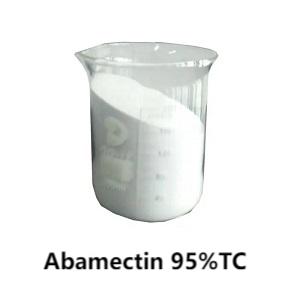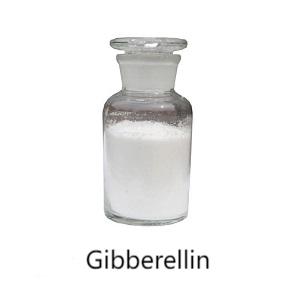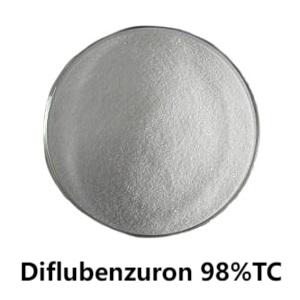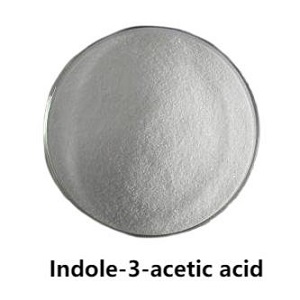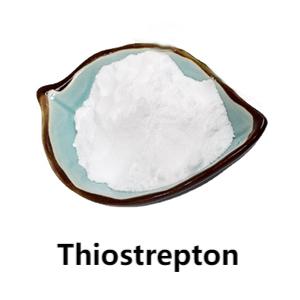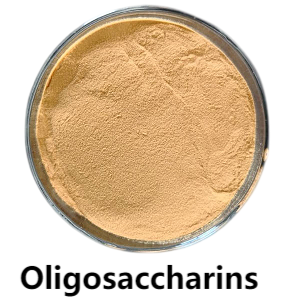Natural Plant Growth Regulator Triacontanol for Crops Increasing Yield
Introduction
Triacontanol is a natural plant growth promoter that belongs to the fatty alcohol group. It is derived from various plant sources, such as alfalfa, rice bran, and sugarcane wax. With its unique properties, Triacontanol has gained significant popularity in the agricultural industry and has become an essential component for enhancing crop yield and quality. This versatile growth stimulant offers numerous benefits when used appropriately, contributing to healthier and more productive plants.
Features
1. Stimulates Plant Growth: Triacontanol is known for its ability to accelerate plant growth by promoting cell division and elongation. It activates various enzymes responsible for physiological processes, leading to improved plant development and vigor.
2. Enhances Photosynthesis: The addition of Triacontanol to plants improves photosynthetic efficiency by boosting the production of chlorophyll. This results in increased absorption of light energy, leading to more efficient energy conversion and enhanced plant performance.
3. Increases Nutrient Uptake: By enhancing the root system, Triacontanol helps plants absorb essential nutrients from the soil more effectively. It improves nutrient uptake efficiency and ensures that plants receive an adequate supply of essential elements.
4. Induces Stress Resistance: Triacontanol helps plants cope with various environmental stresses like drought, salinity, and extreme temperatures. It promotes the synthesis of stress-related proteins and antioxidants, enhancing the plant’s ability to withstand adverse conditions.
5. Improves Flowering and Fruiting: Triacontanol significantly enhances flowering, pollination, and fruit setting in various crops. It stimulates the production of plant hormones, such as cytokinins, which promote flower initiation and fruit development, resulting in higher yields and better-quality produce.
Applications
Triacontanol finds several applications across different sectors, including agriculture, horticulture, and floriculture. It is widely used in:
1. Crop Production: Triacontanol is extensively utilized in field crops, vegetables, and fruits to improve crop quality, increase yields, and shorten harvesting periods. It enhances the plant’s natural growth processes, leading to healthier and more abundant harvests.
2. Greenhouse Cultivation: Triacontanol is beneficial in greenhouse cultivation, where environmental conditions can be controlled and optimized. It aids in the growth and development of various ornamental and high-value crops, ensuring their commercial success.
Using Methods
Triacontanol can be used in various ways, depending on the specific crop and desired outcome. Here are some common methods of its application:
1. Foliar Spray: Prepare a solution of Triacontanol in water and spray it evenly on the foliage of plants. This method ensures quick absorption and utilization of the growth-promoting compound.
2. Seed Treatment: Coat the seeds with a Triacontanol solution before sowing. This helps in enhancing seed germination, early plant growth, and overall crop establishment.
3. Soil Drenching: Apply Triacontanol solution at the base of plants, allowing it to seep into the soil. This method facilitates root system development, nutrient absorption, and overall plant growth.
Precautions
While Triacontanol is considered safe and non-toxic, it is essential to follow certain precautions when using it:
1. Dosage: Always adhere to the recommended dosage mentioned on the product label or consult with a professional agronomist. Over-application may lead to adverse effects on plant growth and health.
2. Compatibility: Ensure compatibility of Triacontanol with other agrochemicals or fertilizers that you plan to use simultaneously. Some combinations may have negative interactions, affecting their effectiveness.
3. Storage: Store Triacontanol in a cool, dry place, away from direct sunlight and moisture. Proper storage conditions help maintain its efficacy and extend its shelf life.




